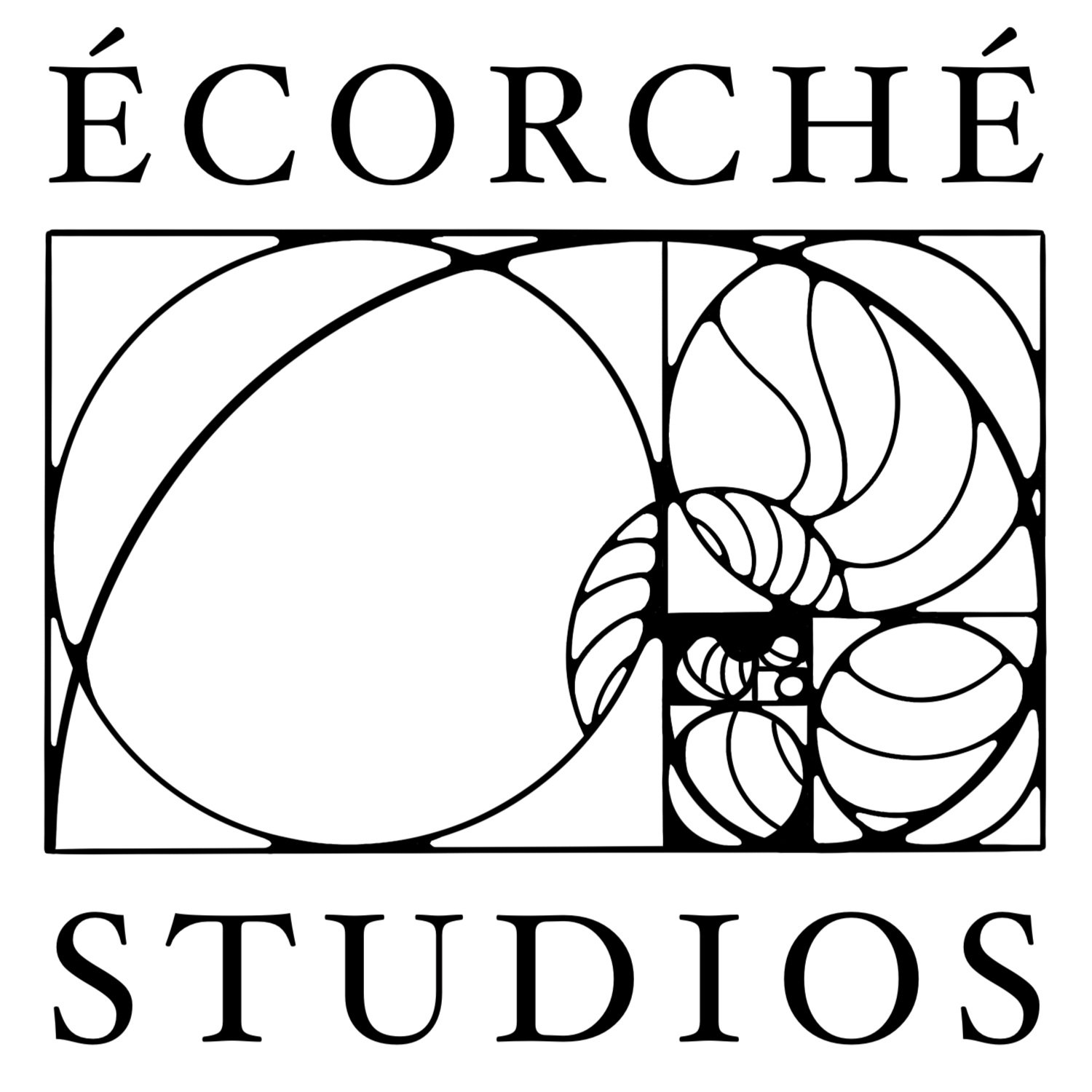The rich history of écorché is rooted in science, medicine, and curiosity. In our previous post in this series, we explored the origins of this fascinating art form up through the Renaissance. The post-Renaissance period, however, inspired an evolution in écorché and its burgeoning role in medical discoveries and education.
Building on the work of anatomist Andreas Vesalius and Renaissance artists like Michelangelo, Antonio Pollainolo, Leonardo Da Vinci, and Baccio Bandinelli who conducted their own studies on cadavers to create écorché pieces [1], 17th to 19th-century artists explored medical research and pursued hands-on experience that would transform the genre. This led to groundbreaking depictions of the human body, many of which continue to impact the arts and sciences today.
Artists who worked with écorché in the 17th to 19th centuries
Image 1. Alberti, Pierfrancesco’s An Academy of Painters. Source.
While écorchés were most popular among Renaissance artists, this highly influential form of drawing continued into later centuries. Pierfrancesco Alberti’s etching An Academy of Painters depicts a studio filled with art students measuring, sculpting, and drawing near a skeleton while others are learning from a cadaver [2].
The 1800s etching The Drawing Academy at the Felix Meritis Society in Amsterdam shows students in the Netherlands drawing from cadavers and live models, over two centuries after Vesalius’ text was published [3]. Even Vincent Van Gogh, most famous for his post-impressionist paintings, created his own version of an écorché based on an anatomical sculpture he studied [4].
Image 2. Vinkeles, Reiner. Vrydag, Daniel. After Pieter Barbers II. After Jacques Kuyper. The Drawing at the Felix Meritis Society in Amsterdam. Source.
Paving the way for further progress in medicine and art
During the 17th century, there was an increasing need for human corpses to be used for dissection and education in the medical field. However, by the late 17th and 18th centuries, the use of human corpses was deemed dishonorable because the bodies were often unrecognizable after dissection. This controversy made the acquirement of cadavers increasingly difficult, resulting in unethical practices such as grave robbing and body snatching [5].
Fortunately, by this time medical students began using écorché figures to learn about the human body, including its muscles and blood vessels [6]. These figures were an excellent alternative to human cadavers, allowing for thorough learning without the need for real human bodies.
Many anatomy books featured écorché figures that enabled readers to gain an accurate understanding of the human body. For example, the book Surgical Anatomy by Joseph Maclise included écorché figures and encouraged the “development of nineteenth-century American medical publishing, pedagogy, and practice” [7]. The book also contributed to shifts within the medical industry , including the increase in “visualized anatomical and surgical knowledge.”
Image 3. L'Ecorche Combattant, by Jacques-Eugene Caudron. Source.
Adjacent fields of study to écorché
Écorché inspired a new wave of art involving anatomical wax models that started in the late 17th century. Ludovico Cardi created a small statue of an écorché that became the first anatomical wax model. This idea spread throughout Europe during the 18th century and became commonplace in hospitals and medical facilities [8].
In the 19th century, anatomical exhibits emerged for entertainment purposes and to demonstrate the effects of certain diseases or other medical issues, such as the lasting impacts of tight-lacing corsets on the female body. While these kinds of displays proved useful for teaching society about different illnesses, they were eventually viewed as obscene forms of entertainment and were limited to medical schools for educational purposes only.
To this day, artists continuously seek to understand and capture the unique qualities of living organisms and humans. At Écorché Studios, fine art engages with science as we honor the enlightening intentionality of practices like écorché. If you would like to join us as we further delve into the history of écorché and its lasting influence, please consider joining our mailing list.
Sources
*(Note The MET and Van Gogh Museum works included are among the museum’s public domain works available for public use free of charge or additional permissions.)
[1] Sanjib Kumar Ghosh, Human cadaveric dissection: a historical account from ancient Greece to the modern era, September 22, 2015, accessed March 11, 2023, https://www.ncbi.nlm.nih.gov/pmc/articles/PMC4582158/#B14
[2] Alberti, Pierfrancesco. An Academy of Painters. 1600-1638. The Metropolitan Museum of Art, New York, Harris Brisbane Dick Fund, 1947
[3] Vinkeles, Reiner. Vrydag, Daniel. After Pieter Barbers II. After Jacques Kuyper. The Drawing at the Felix Meritis Society in Amsterdam. ca. 1800., The Metropolitan Museum of Art, New York, Gift of Cornelius Vanderbilt, 1880 https://www.metmuseum.org/art/collection/search/719702
[4] Van Gogh, Vincent. Kneeling Ecorché, 1886. Oil on cardboard, 35.2 cm x 26.8 cm. Amsterdam, Van Gogh Museum. https://www.vangoghmuseum.nl/en/collection/s0102V1962
[5] Sanjib Kumar Ghosh, Human cadaveric dissection: a historical account from ancient Greece to the modern era, September 22, 2015, accessed March 11, 2023, https://www.ncbi.nlm.nih.gov/pmc/articles/PMC4582158/#B14.
[6] Education, F. H. P. (n.d.). Early use of simulation in medical education : Simulation in Healthcare. LWW. accessed March 20, 2023, from https://journals.lww.com/simulationinhealthcare/Fulltext/2012/04000/Early_Use_of_Simulation_in_Medical_Education.4.aspx
[7] Slipp, Naomi. “‘It Should Be on Every Surgeon's Table’: The Reception and Adoption of Joseph Maclise's Surgical Anatomy (1851) in the United States.” British Art Studies, Paul Mellon Centre for Studies in British Art and Yale Center for British Art, 18 July 2021, accessed March 20, 2023, from https://www.britishartstudies.ac.uk/issues/issue-index/issue-20/maclise-in-the-united-states.
[8] Ballestriero, R. “Anatomical Models and Wax Venuses: Art Masterpieces or Scientific Craft Works?” Journal of Anatomy, vol. 216, no. 2, Feb. 2010, pp. 223–34, accessed March 20, 2023https://www.ncbi.nlm.nih.gov/pmc/articles/PMC2815944/



